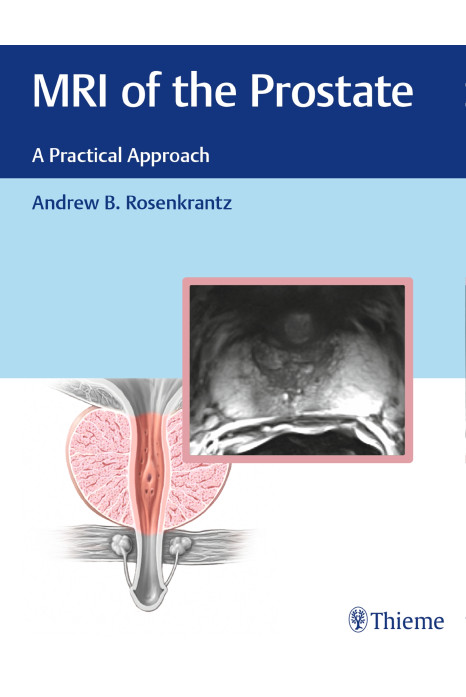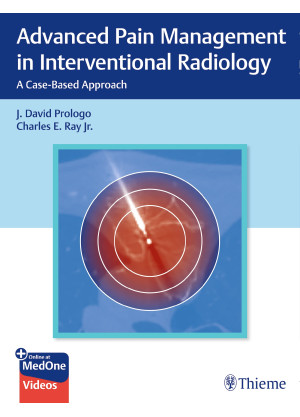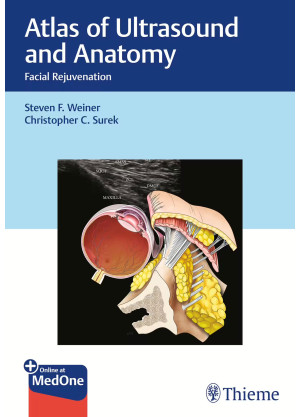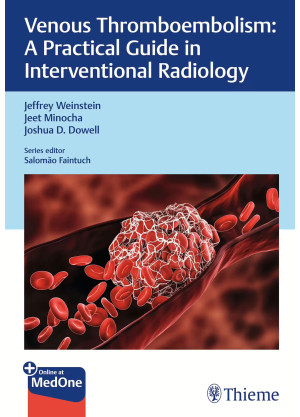Learn the fundamental principles and clinical applications of the diagnostic and risk assessment imaging test of choice for prostate cancer: prostate MRI
Although prostate cancer is the second leading cause of cancer death in men in the USA, it can be treated successfully if detected early. Disease management has gradually changed to a paradigm that relies on close monitoring through active surveillance in select patients, as well as ongoing refinements in treatment interventions, including minimally invasive procedures. This has resulted in a critical need for a more exacting methodology for performing targeted biopsies, assessing risk levels, and devising treatment strategies. Prostate MRI has emerged as the most precise, state-of-the-art imaging modality for prostate cancer diagnosis and management, thereby creating an immediate demand for radiologists to become proficient in its use.
Conceived and edited by a leading authority, with contributions from renowned experts in the field, MRI of the Prostate: A Practical Approach is the first book to tackle this important topic. It provides an overview of the fundamentals of prostate MRI acquisition, interpretation, and reporting. Readers will benefit from a wide range of insightful perspectives gleaned from years of hands-on experience.
Key Highlights
- Prostate Imaging Reporting and Data System (PI-RADS) for prostate MRI interpretation and cancer risk scoring
- Clinical pearls on the optimization and application of prostate MRI for risk assessment, disease staging, MRI-targeted biopsy, recurrent disease, and active surveillance
- The emerging utilization of PET and PET/MRI for primary prostate cancer evaluation
- More than 700 illustrations with one entirely image-based chapter featuring educational case studies
Radiologists will learn how to optimally perform and interpret prostate MRI, and referring physicians will learn to integrate it into day-to-day practice. This book is an essential resource for radiologists and radiology residents, as well as urologists, oncologists, MRI technicians, and other medical practitioners who treat patients with genitourinary disorders.
1 Introduction to Prostate Cancer: Clinical Considerations
2 Prostate Cancer Pathology
3 Introduction to Prostate MRI Protocols: Hardware, T2-Weighted Imaging and MR Spectroscopy
4 Diffusion-Weighted Imaging of the Prostate
5 Dynamic Contrast-Enhanced MRI of the Prostate
6 Prostate Imaging–Reporting and Data System (PI-RADS)
7 Prostate Cancer Staging and Surgical Planning
8 Post-Treatment Follow-Up and Assessment for Recurrence
9 Prebiopsy MRI and MRI-Targeted Biopsy
10 MRI and Active Surveillance
11 PET/CT and PET/MR Imaging Evaluation of Prostate Cancer
12 Teaching Atlas of Instructional and Interesting Cases














